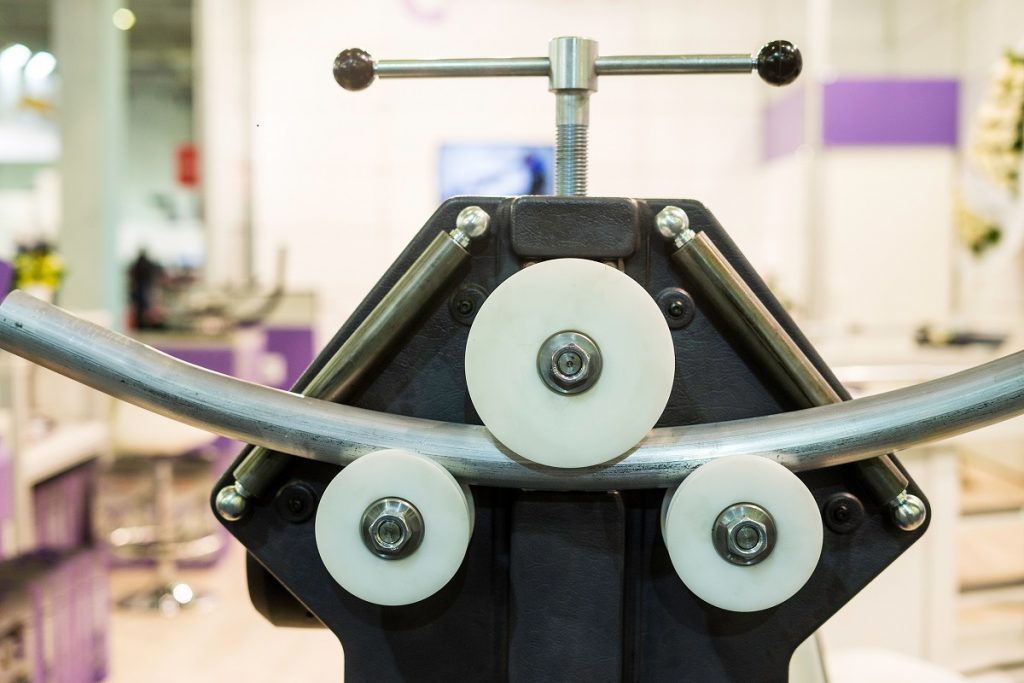Most industrial processes will include the bending of tubes and pipes to fit different shapes. The tubes, in this case, are hollow structural conduits which are used for the conveyance of gases and fluids in pneumatic, process, and hydraulic applications. They are measured using their exterior diameter and are typically less rigid and smaller compared to pipes. Pipes, unlike tubes, are primarily designed for the transportation of solids and fluids.
Now, there are several manufacturers fabricating pipe and tube bending machines though Baileigh pipe benders are the best choice available. These are made in the highest quality standards and are yet affordable. The following are a few of the available tube and pipe bending machine options available for your industry.
Computer Numerical Controlled (CNC) Benders
These are used to create large-radius, elliptical, and tight-radius bends on the same portion of a material. CNC machines are highly sophisticated and will guarantee you high reproducibility and productivity levels. They are generally used for the creation of complex parts of pipes and tubes since they can automatically manipulate your material to get a precise position. CNC machines comprise a servomotor controlled carriage which will position the distance between your planes and bends automatically. They are used in the HVAC, shipbuilding, railway, and automotive industries.
Ram Benders
These machines will place your pipe or tube in a die. The pipe or tube is then held at two ends while the ram advances on a central axis to bend it. The tube or pipe here will be deformed on its curvature’s outside and inside. Based on the material’s thickness and type, the bending process can deform it into an oval shape. Ram bending is the least expensive and easiest technique of pipe and tube bending. It is often used in the manufacture of electrical conduits and other light gauge products.
Rotary-Draw or Mandrel Benders
These comprise a mandrel which is a stationary die placed into a tube or pipe during its bending. The mandrel will ensure that the bends you want to achieve remain intact and that the diameter and shape of your pipe are maintained. Mandrel bending is the commonest pipe and tube bending process. It is generally used for the manufacture of roll cages, aluminum, and stainless tubing, exhaust pipes, ornamental iron works, and handrails.
Roll Benders

These will use three powered rollers arranged in a triangular design. Unlike in the mandrel benders, the inner part of your pipe or tube will not be supported. The top roller of your bending machine will exert downward pressure on the pipe or tube while the two rollers at the bottom will push up and deform the material. The rollers used in this machine can be hydraulically or manually adjusted. Roll benders are generally used for the manufacture of materials with a large radius, such as awnings.
If you are on the market for the perfect bending machine for your industry, one from the above will suffice for your application. Other than bending, the machines can also buff, assemble, bead, notch polish, anneal, and flatten the ends of your tube or pipe. They are thus the most versatile machine all manufacturers should own.

